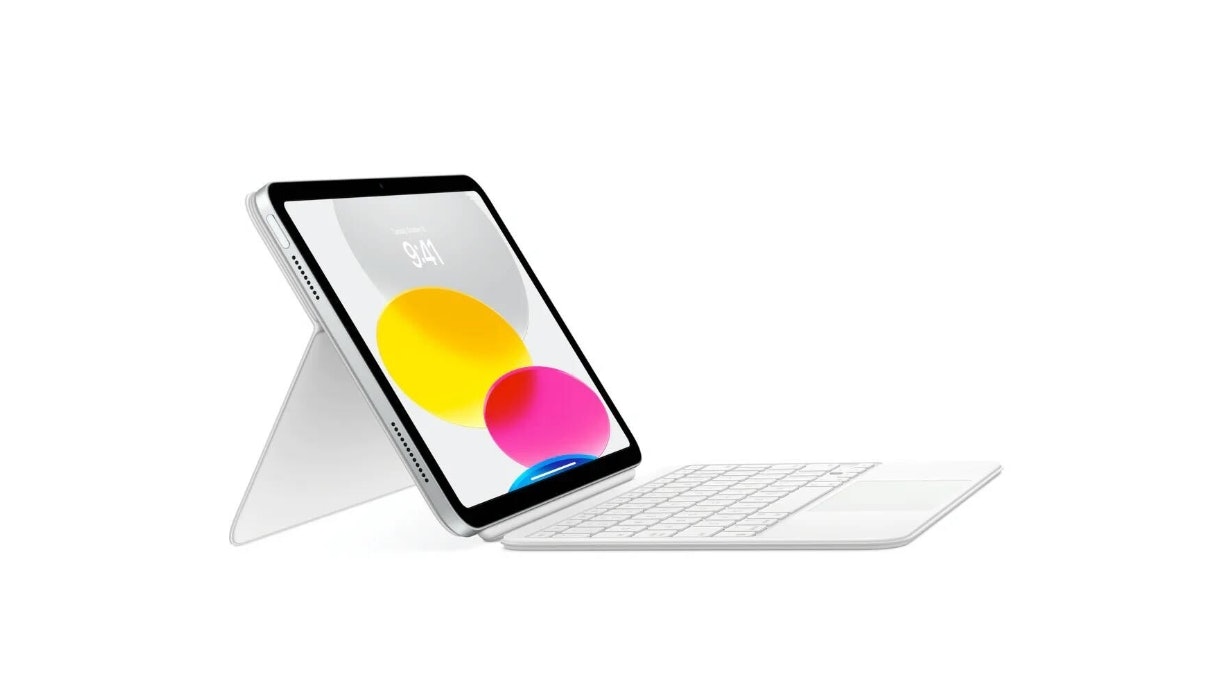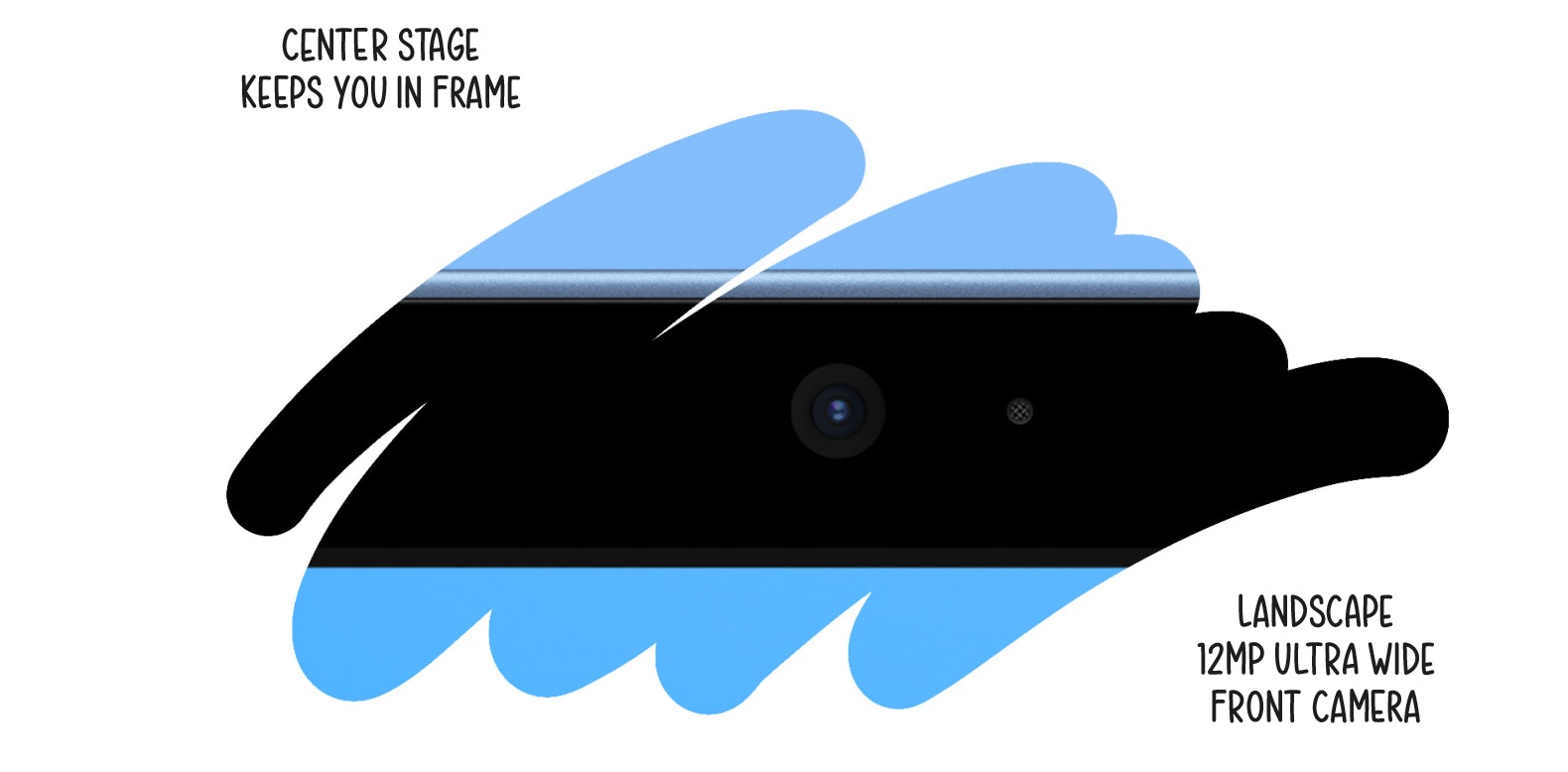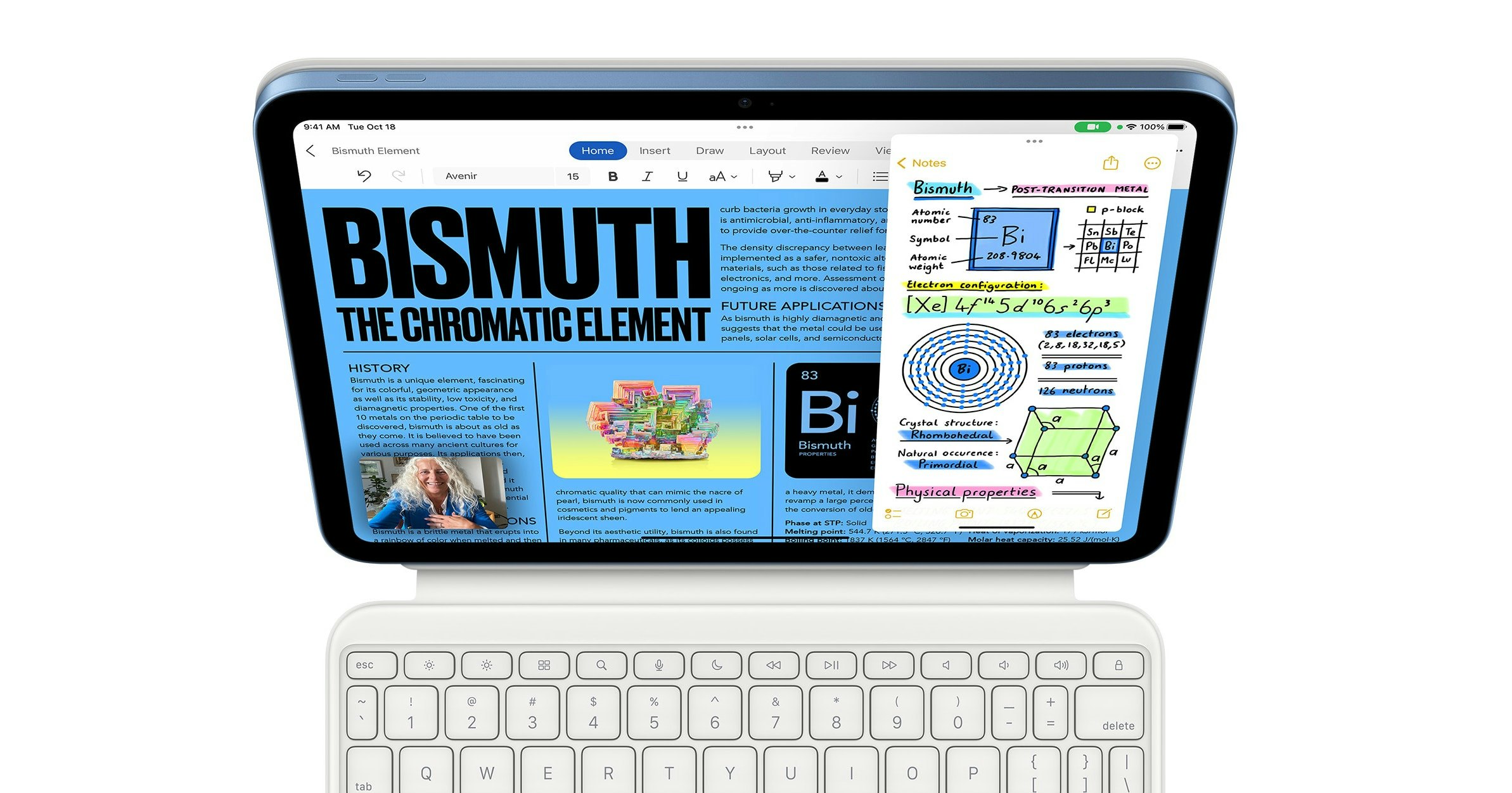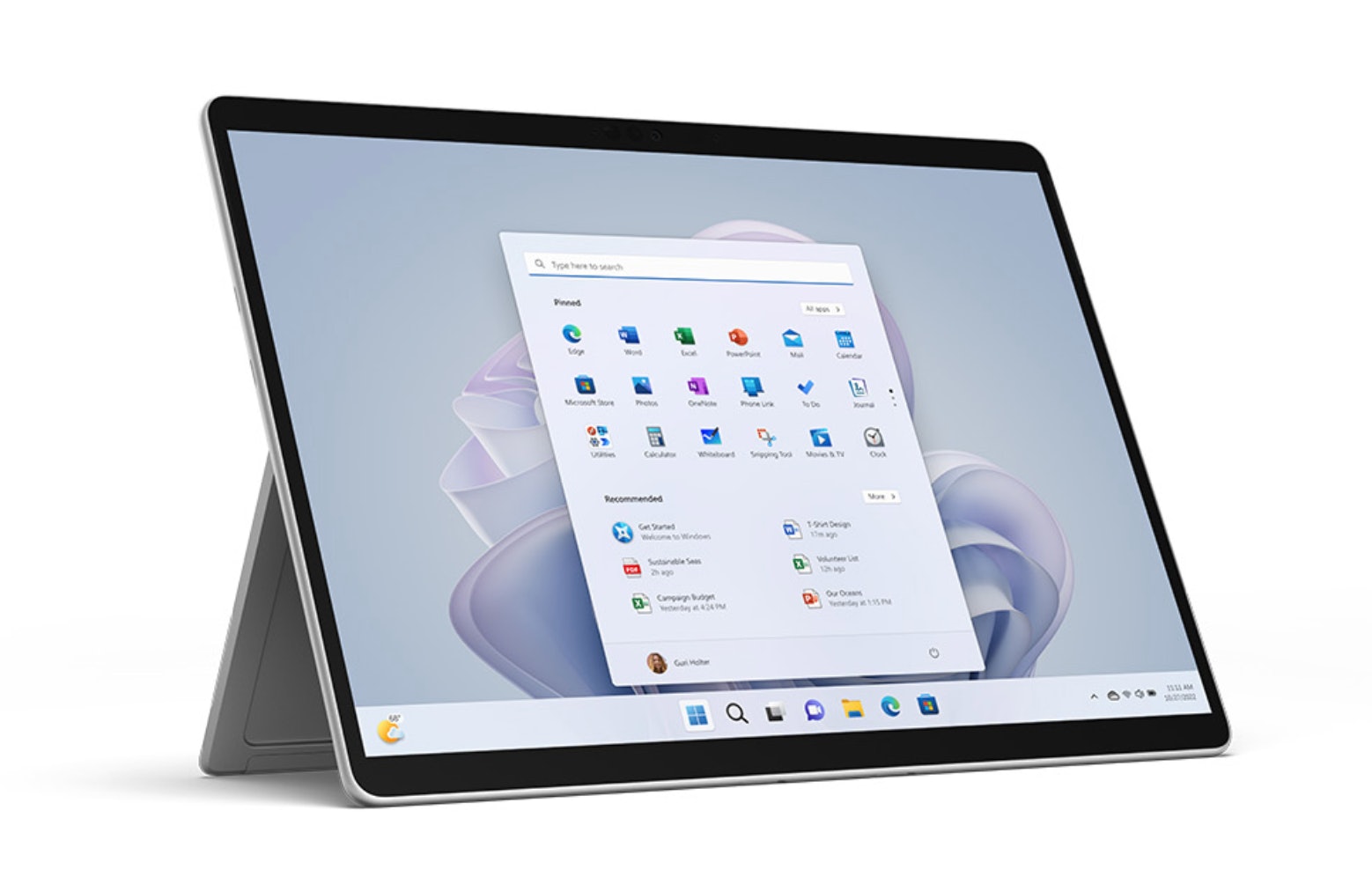
While the new 10th-generation iPad continues the spread of Apple’s flat and (mostly) colorful redesign of its hardware, the tablet seems to draw just as much inspiration from the competition — namely Microsoft.
That back-and-forth cloning of features isn’t a new phenomenon in the tech industry, but Apple and Microsoft tablets seem to have a special relationship. Every year iPads look more and more like the Surface Pro, adopting hardware and software ideas, and now the 10th-generation iPad is getting the same treatment.
Landscape webcam

A minor decision in the grand scheme of things, but the very first Surface, the Surface RT, was designed primarily for landscape orientation, with the webcam on top, and Microsoft has kept that consistent all the way up to this year’s Surface Pro 9.
The iPad has had its front-facing camera oriented for using the tablet in portrait since the iPad 2, a natural extension of the cameras on the iPhone. Even though iPadOS now very clearly makes the most sense when you’re holding your iPad horizontally, the 10th-generation iPad is the first Apple tablet to get a landscape camera. Not even the new M2-enabled iPad Pros got one.
Magic Keyboard Folio

The new Magic Keyboard Folio for the iPad takes the Surface comparisons even further by mimicking the core functionality of the Surface Pro and its Type Cover. With the Magic Keyboard Folio attached, the iPad has an adjustable kickstand just like a Surface, and a detachable keyboard (now with a dedicated function row) that snaps on just like the Type Cover. It’s a functionality other accessory makers have realized would work great on the iPad — see Logitech’s excellent Combo Touch Keyboard — and now Apple’s getting in on the keyboard/kickstand action for a whopping $249.
Fusing mobile and desktop

A key part of Apple’s success with the iPad (and now all of its hardware products) was taking the technologies that made the iPhone successful and putting them everywhere, from the easy-to-visually-understand software design of iOS, to the custom Arm chips that have made the iPhone more powerful and energy-efficient than pretty much everything else out there.
As The Verge’s Tom Warren noted when Apple first introduced the Magic Keyboard and mouse cursors to the iPad Pro in 2020, Microsoft was first to a lot of these ideas. Maybe not powering tablets with custom silicon, but offering a functional lite version of a desktop OS on a device that straddles laptops and tablets was all there in the first Surface.
Microsoft’s vision for the future of computing didn’t exactly work correctly out of the gate, with performance and the limitations of mobile-focused Windows RT being the biggest issues, but history has proven Microsoft was on the right track. It perfected the Surface idea with Intel-powered devices, and is now returning to Arm in a serious way with the optional SQ3 chip on the Surface Pro 9.
Ultimately, both companies are trying to figure out the future of computing from different directions, with Apple betting on devices that are still mostly tablets, while the Surface is still mostly a laptop. It’s hard to say which perspective is the better one, but it’s clear that if imitation is the sincerest form of flattery, Microsoft has a lot to be flattered about.







